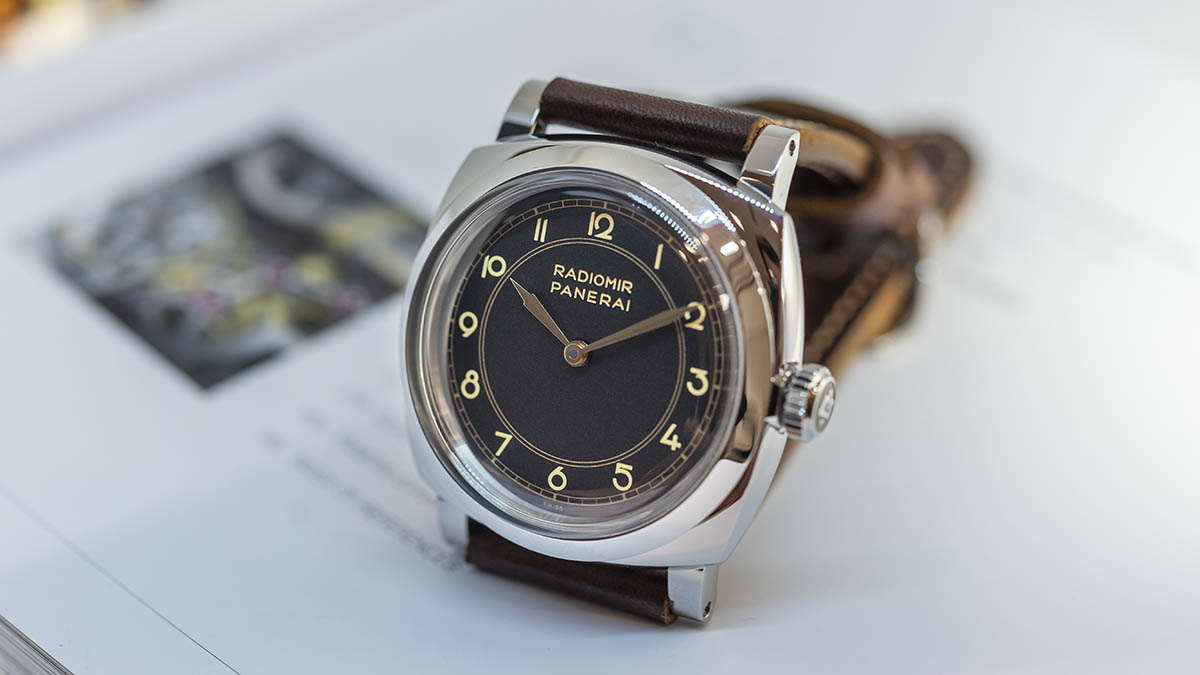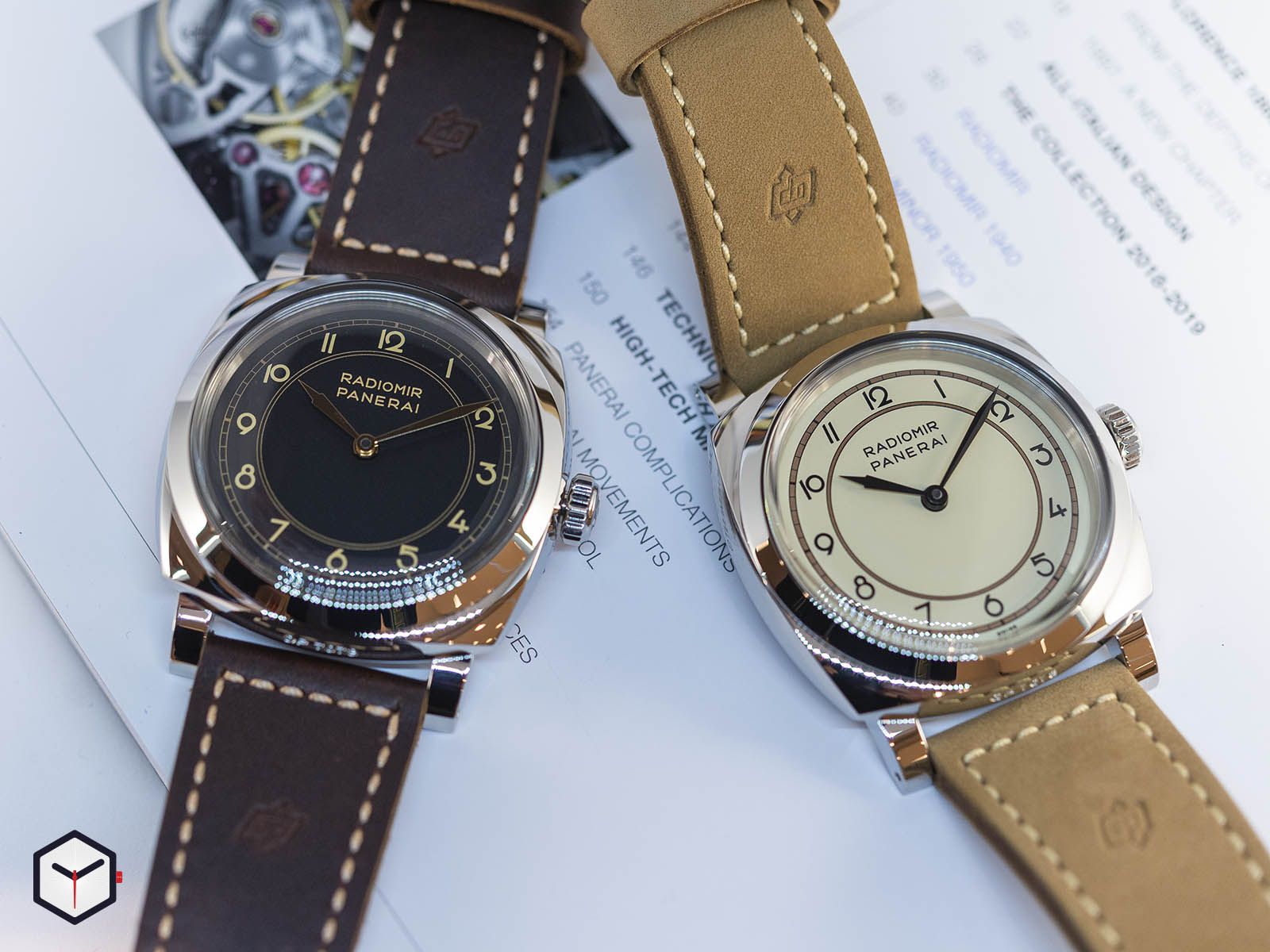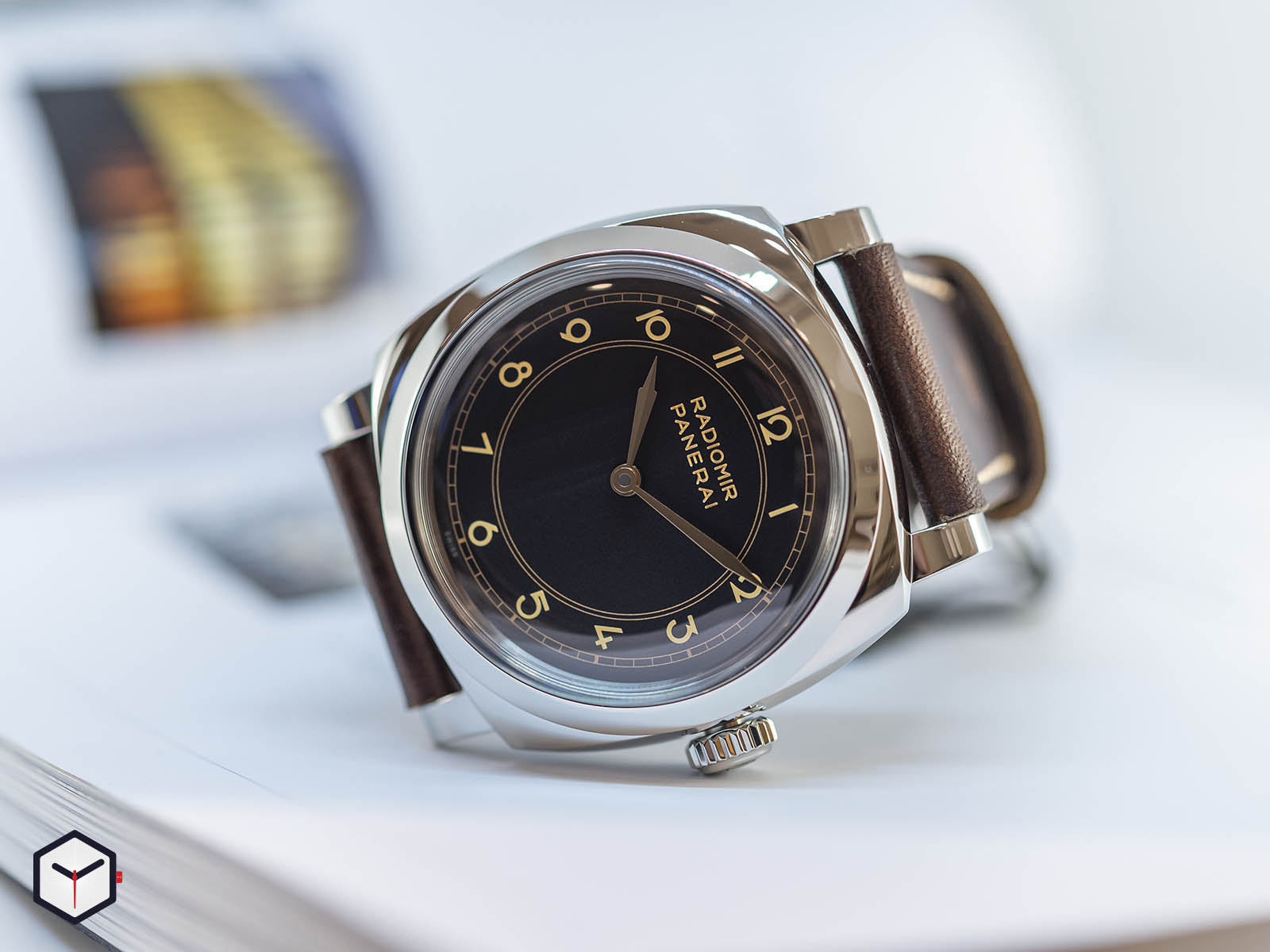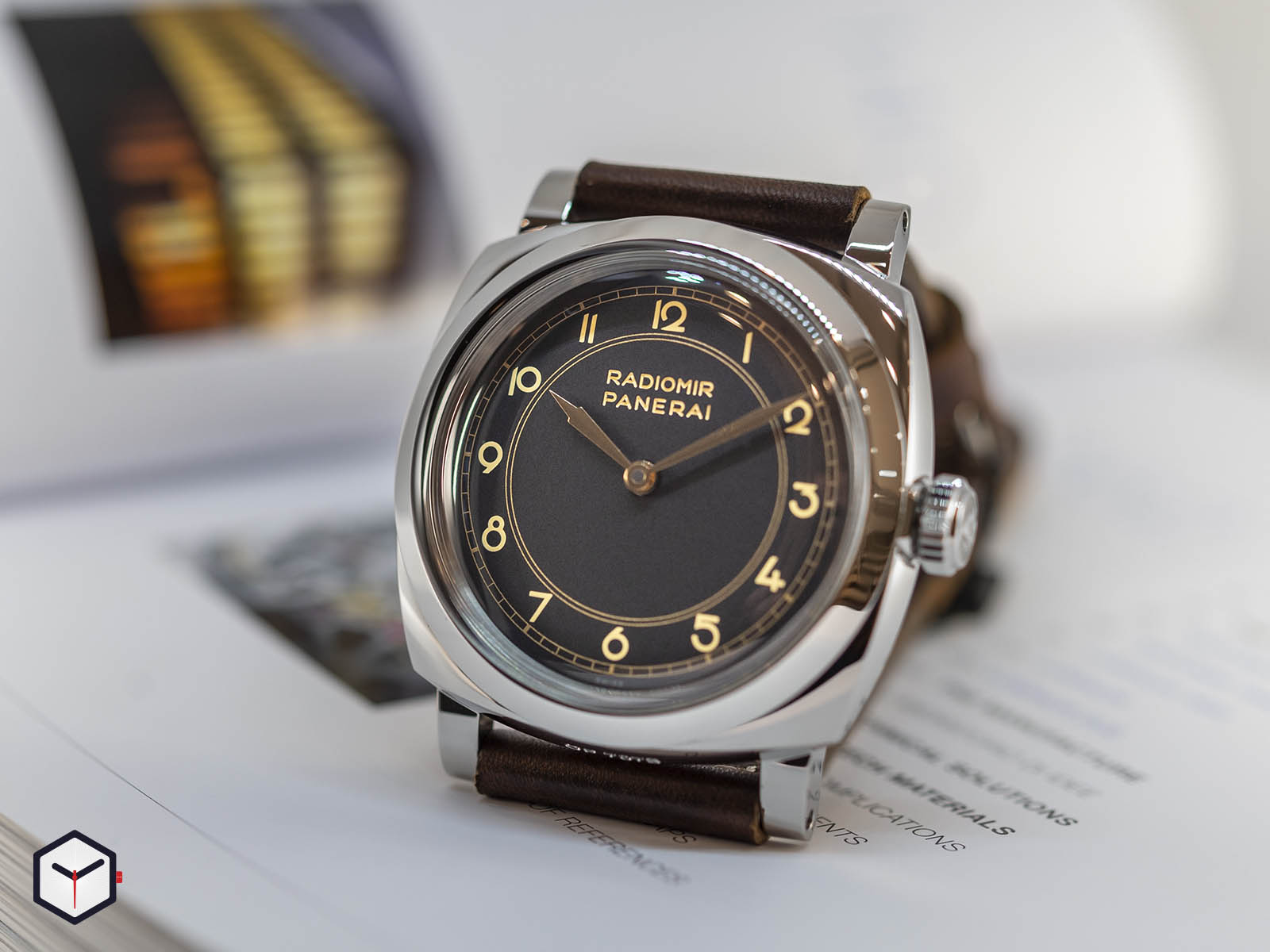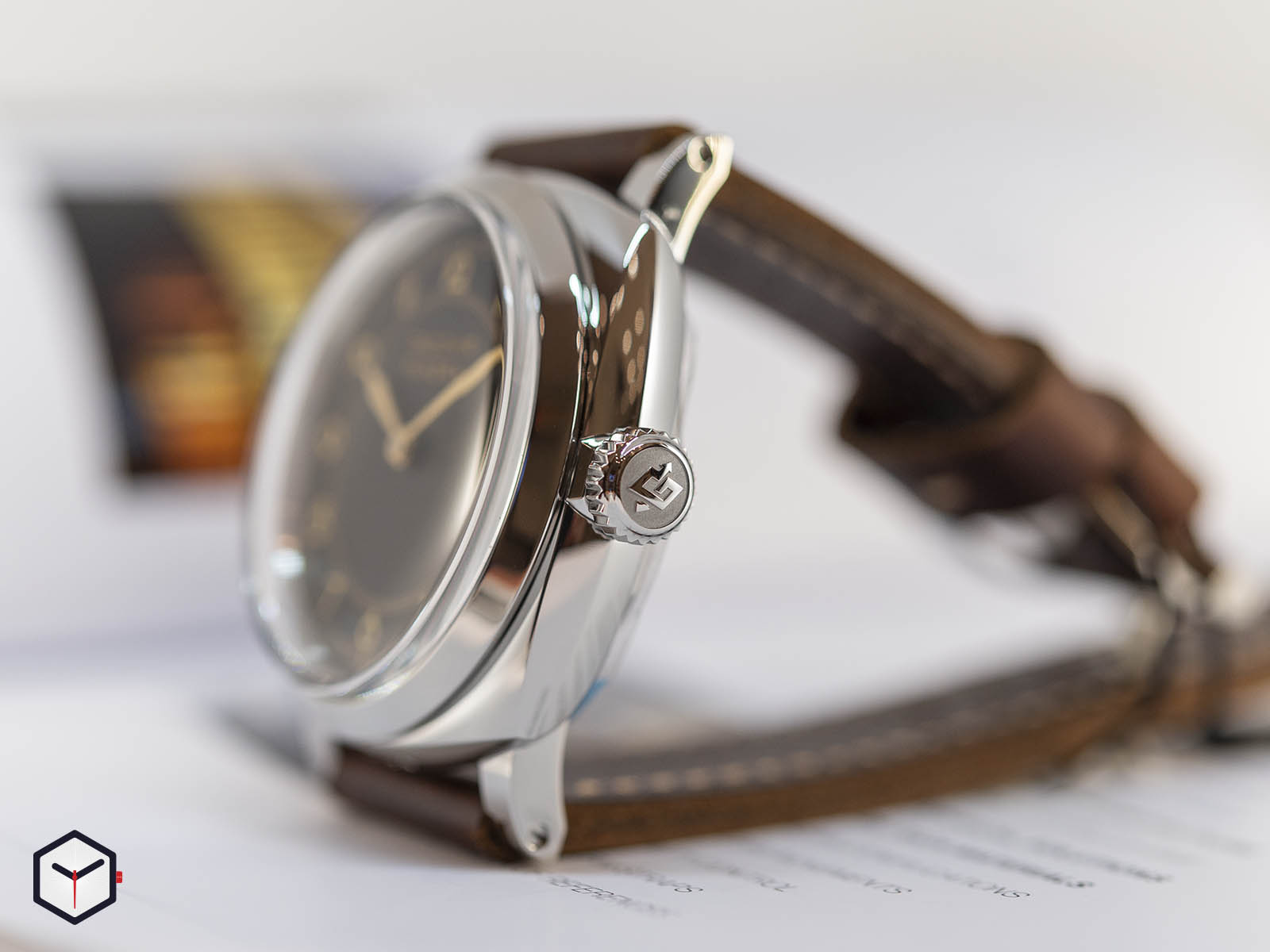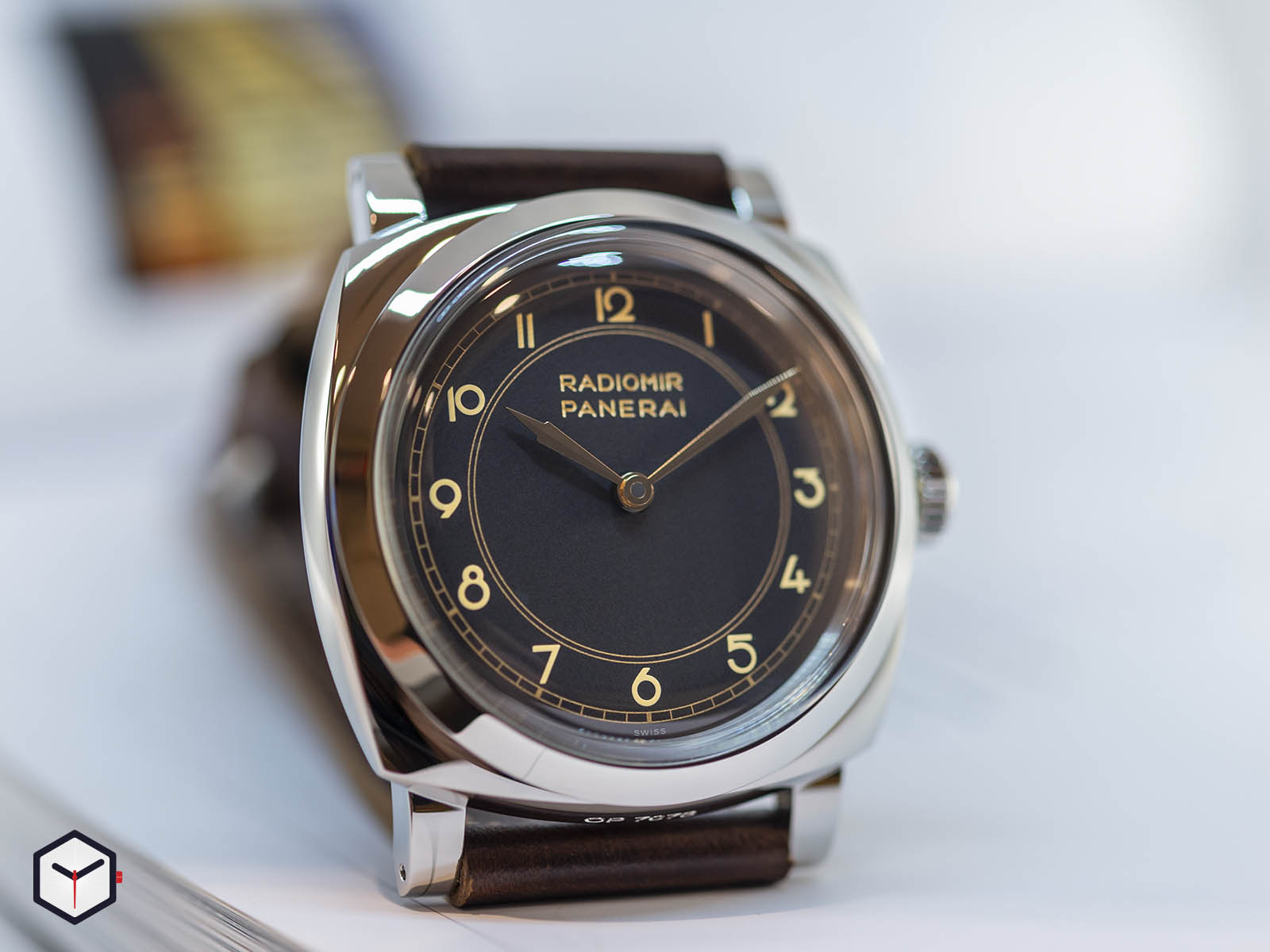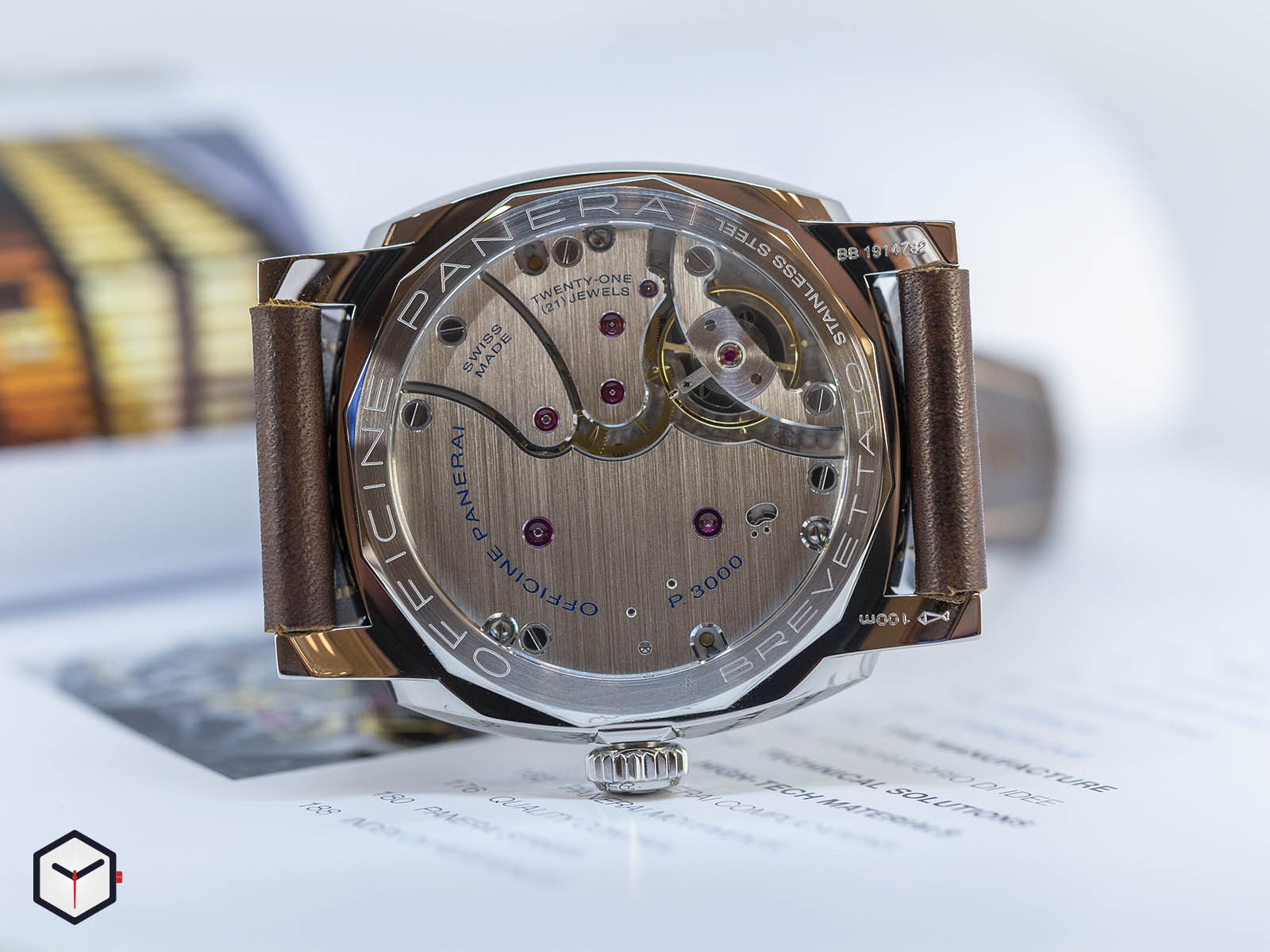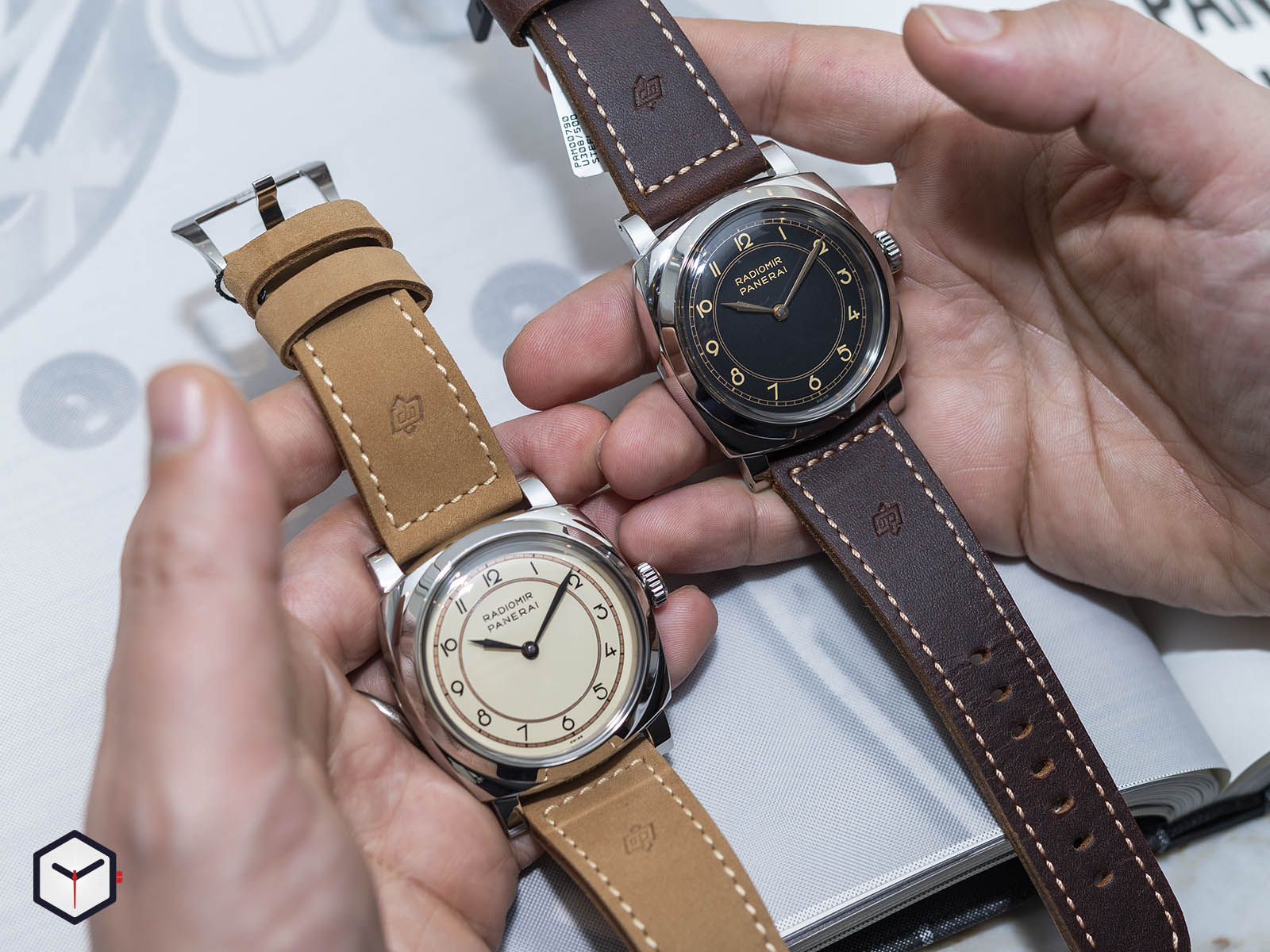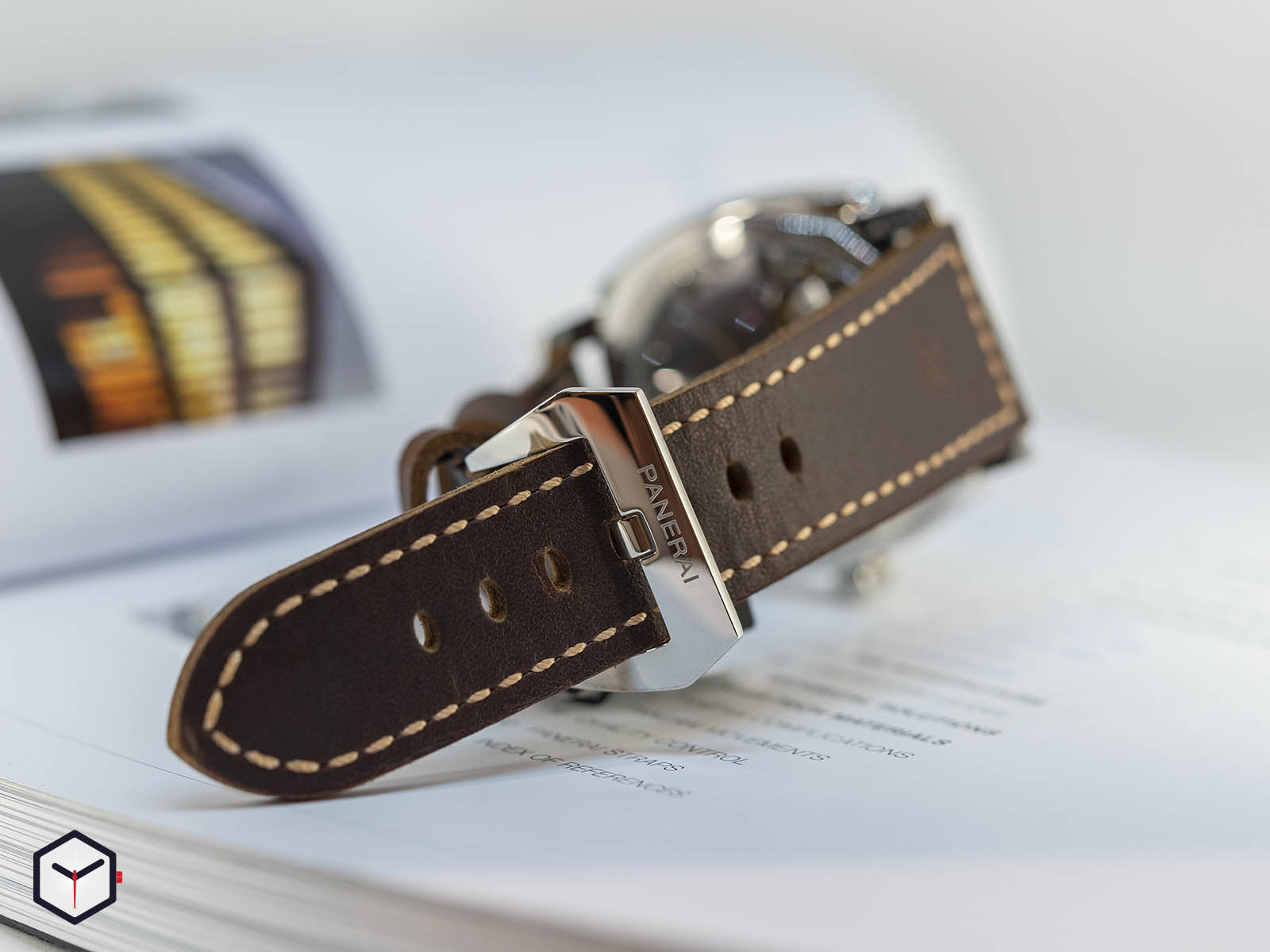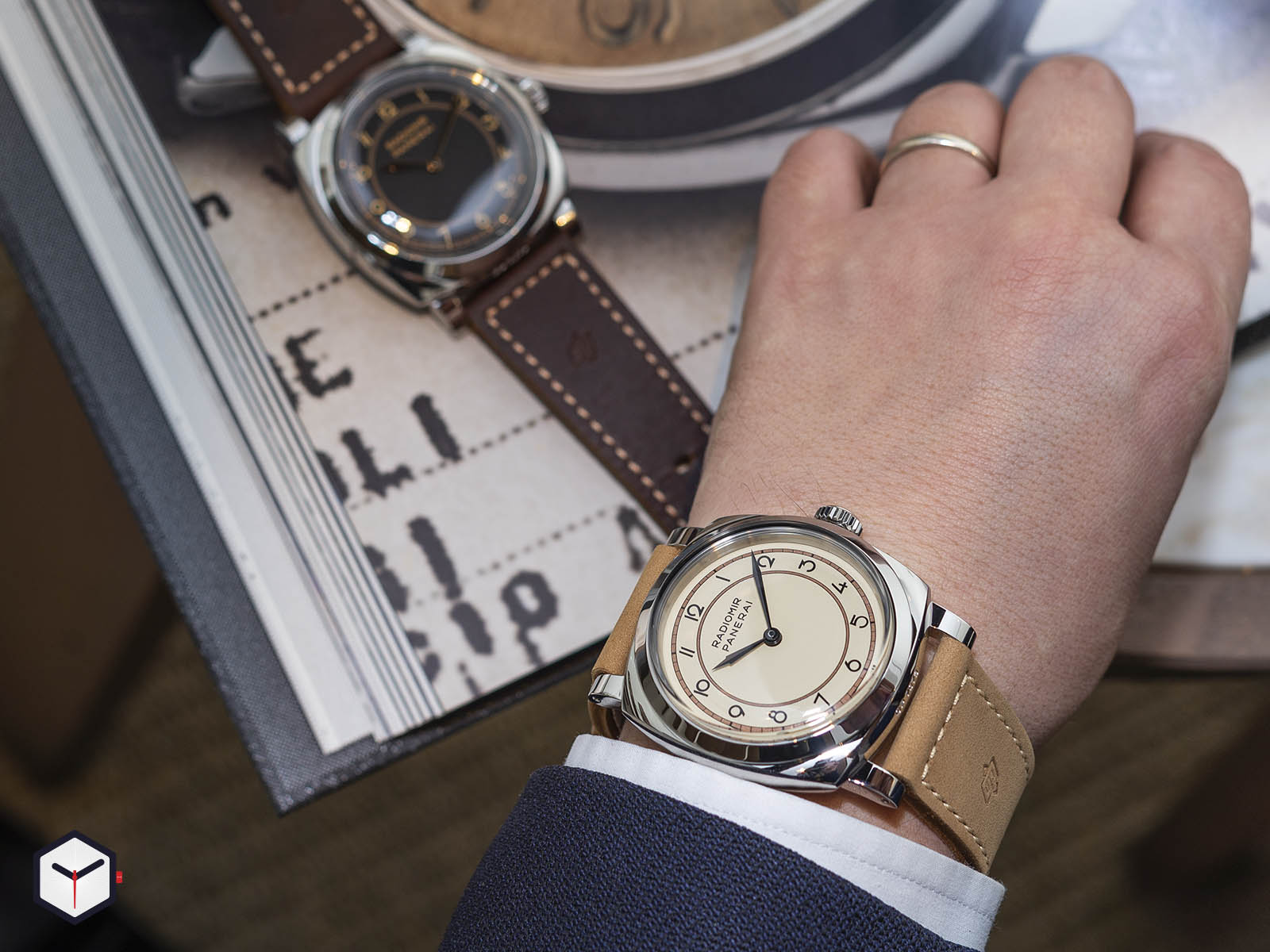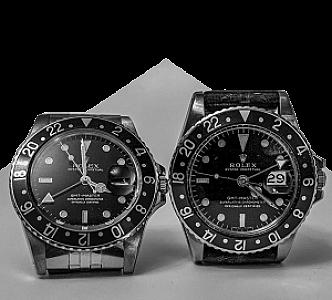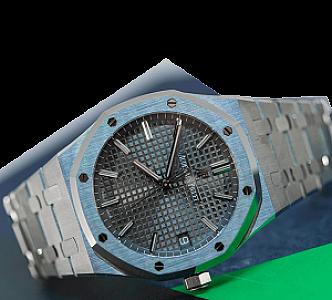Panerai is under the spotlight with its extraordinary model family Radiomir 1940 Art Deco Dial (PAM 790 & 791), which was introduced last year.
When it comes to Panerai, the concept of ”innovation” becomes an issue that needs to be handled with utmost care. One of the most interesting names in the world of luxury watches, the brand has also the most loyal or even fanatic fan group in the same world. As such, the brand needs to pay more attention when designing new models than any other equivalent brand. Even a case diameter designed unusually smaller can be the target of heavy criticism by the loyal Paneristi group.
PAM790 and PAM791, which were added to the brand’s product line in 2018, are among the Panerai models that include both the concepts of innovation and loyalty as we expect from the brand. Radiomir is a watch legend that has survived from the 1930s to the present day. Despite the dozens of different variations, the cult model family continues to exist without sacrificing its building block status. In this part, I’m talking about loyalty as it refers to being faithful to the brand’s DNA and heritage. The novelty part is all about the dial design, but in an arguably way as the PAM790 and PAM791 are inspired by an old pendulum clock at the brand’s boutique in Florence (Italy). Technically, it is a novelty since it has never been used on any Panerai wristwatch. However, the design still belongs to a Panerai, therefore, it is not that new. The models, which are differentiated with black and ivory dial colors, are equipped with unique hands that have never been used in a Panerai timepiece.
Both models come with a stainless steel case designed in the brand’s Radiomir 1940 style. Therefore, wired lugs and onion-shaped winding crown are not present in these models. The preferred diameter for the case is 47mm. Since I don’t see myself as a hardcore Panerai enthusiast, I don’t really need to comment, but I cannot help but wonder if a diameter between 40-42mm would stand better. Sapphire crystal is used on the case back, so you can enjoy the movement. However, the crystal used in the front is Plexiglas. Considering the model’s retro-inspired design, it is nice detail but in daily use, Plexiglas is very prone to scratches. A domed sapphire crystal to mimic the old Plexiglas one would be a better choice I believe (Purists, Paneristis... Bring it on!).
Yet another detail that leaves question marks in my mind is that no phosphor material was used on the dials. Be sure to have your phone with you when you’re in dark environments.
The models are powered by the manufacture Caliber P.3000. 21 jewels/160 parts hand-wound movement beats at a frequency of 3 Hz (21,600 vph) and offers a power reserve of 70 hours thanks to its double barrels. While I am glad that the hour hand of the movement can be adjusted independently at one-hour intervals, the absence of a second hand disappoints me.
The ivory dial comes with a mustard color leather strap, while the black dial comes with a dark brown leather strap. Both models come with a glossy Pre-V-style pin buckle.
The model family is limited to only 500 units per each. Considering that a year has passed since the introduction of the models, I don’t know how many of those 500 are still available.
